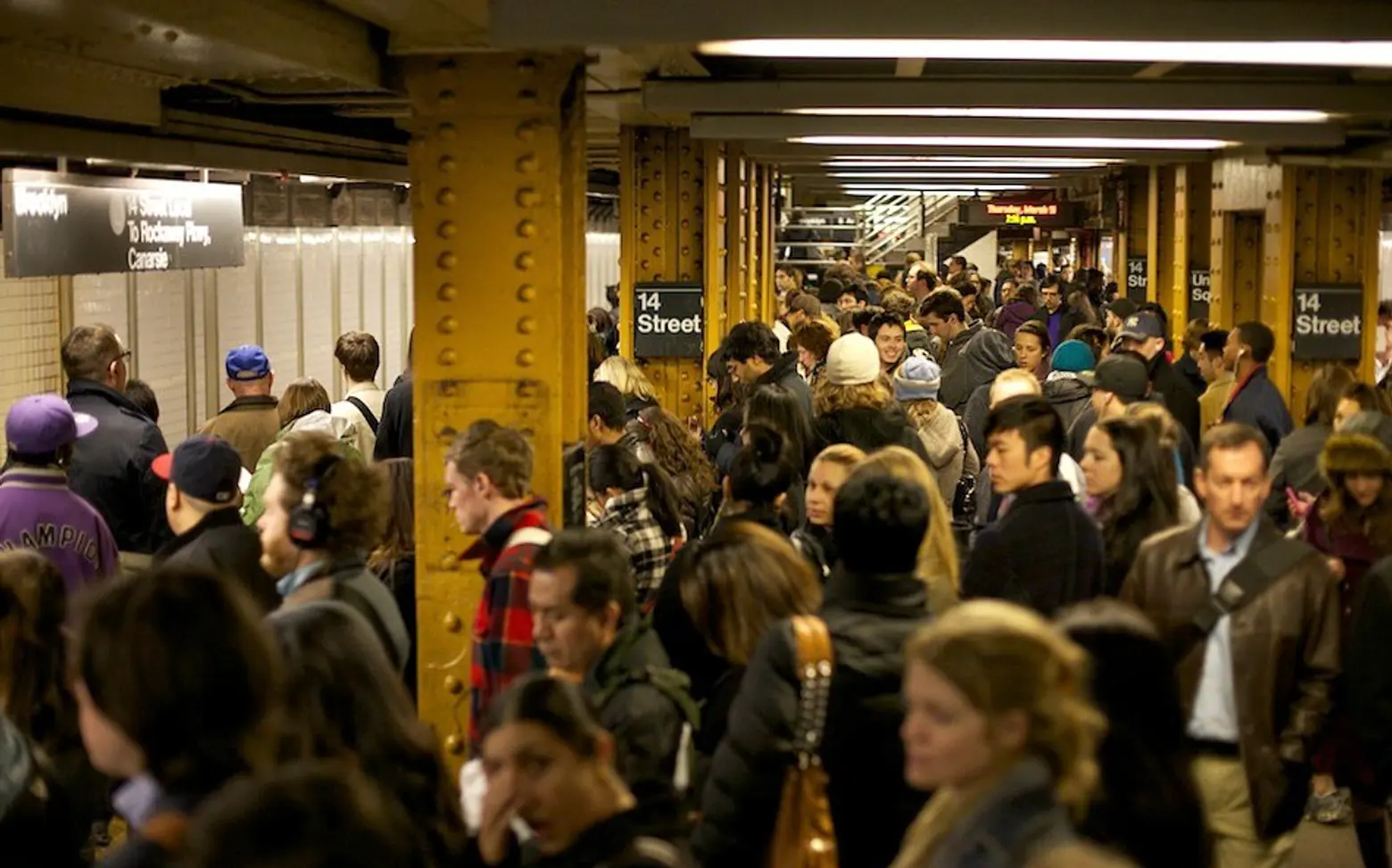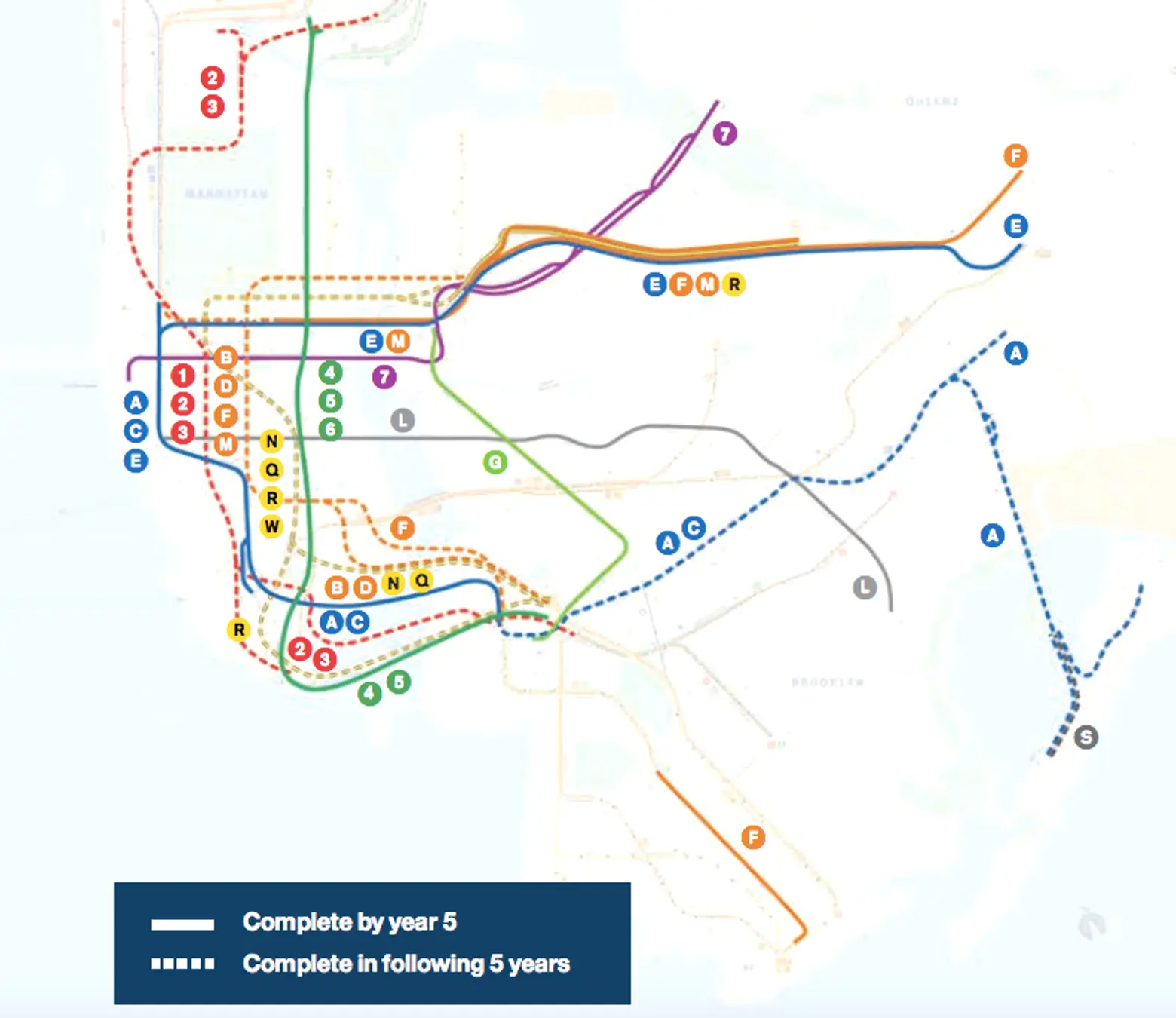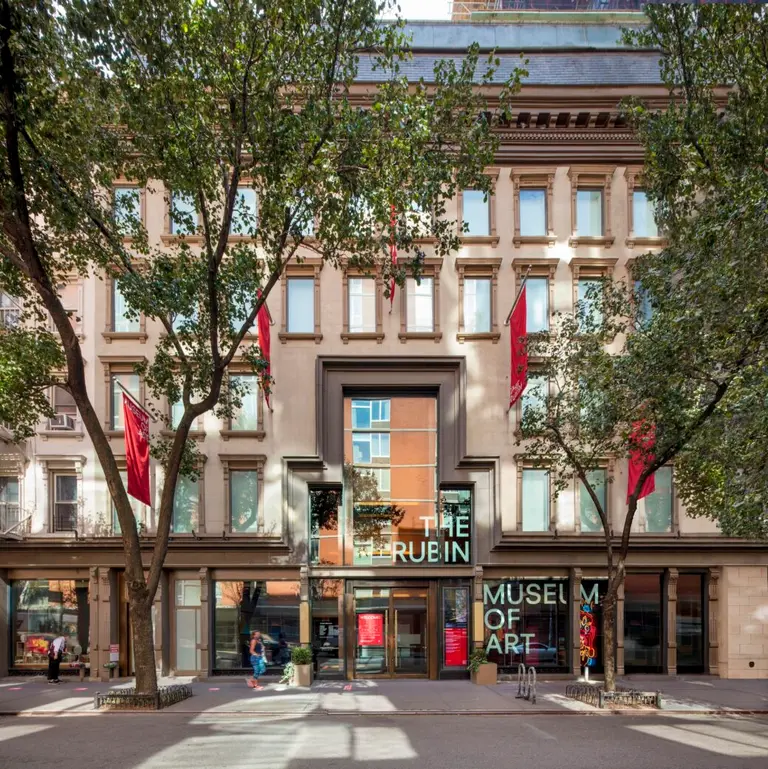MTA releases aggressive plan to modernize New York City’s subway within a decade

Photo via Dan Phiffer on Flickr
Within 10 years, the subway system will feature a state-of-the-art signal system, become more accessible, have a new fare payment system and boast thousands of new subway cars and buses. These ambitious improvements are all part of a plan released Wednesday by New York City Transit Chief Andy Byford and the MTA, called “Fast Forward: The Plan to Modernize New York City Transit.” And the plan does intend to move very quickly. Byford expects work previously estimated to take nearly 50 years to be completed within the next decade. The top-to-bottom modernization of the system will no doubt inconvenience commuters, with possible changes to bus stop locations, as well as station closures and service disruptions. “Fast Forward” breaks down into two five-year plans, with the first half estimated to cost $19 billion and the next five years to cost $18 billion according to the New York Times. However, a cost estimate of the plan has not yet been officially released by the MTA.

Signals on these lines will be upgraded as part of the MTA’s plan
A major focus for Byford’s plan involves installing a communications-based train control signal system, CBTC, which would allow trains to run closer together and increase capacity. The plan aims to deliver CBTC to five lines in five years to benefit three million daily commuters. This would affect trains along the A, C, E, 4, 5, 6, F, M, R and G lines.
The following five years would upgrade signals along the 1, 2, 3, B,D, F, M, A, C, N, Q, R, W and the Rockaway Shuttle. Upgrades will require continuous night and weekend closures for up to 2.5 years on each line.
Highlights of the plan include making roughly 200 stations accessible and rolling out nearly 4,000 new subway cars and 2,100 new buses. The MTA also hopes to “revitalize the station experience” by working on more than 300 stations in the next 10 years, installing a new tap-and-go fare payment system and deploying staff throughout stations to improve customer support.
Last month, NYC Transit released a bus-improvement plan that aims to bus speeds, create more off-peak trips and bus lanes and a redesign of the bus route network. The plan will consolidate closely-spaced bus stops and install real-time information at bus shelters. Plus, double-decker buses are currently being tested on an express route linking Staten Island to Manhattan.
Both the subway and bus plans build upon the MTA’s subway action plan, which was created after Gov. Andrew Cuomo declared a state of emergency for the system last summer. As with the emergency action plan, funding for Fast Forward could be an issue yet again between Cuomo and Mayor Bill de Blasio, who only recently agreed to pay the city’s half of $400 million for the short-term plan.
A spokesperson for de Blasio, Eric Phillips, told the New York Times, that the city was not willing to help pay for Byford’s plan and recommended the MTA use existing resources instead. “While the devil is always in the details, early reports suggest the M.T.A. is finally focusing on the infrastructure riders need to get around,” Phillips said in a statement to the Times.
Read the MTA’s full plan here.
RELATED:




























